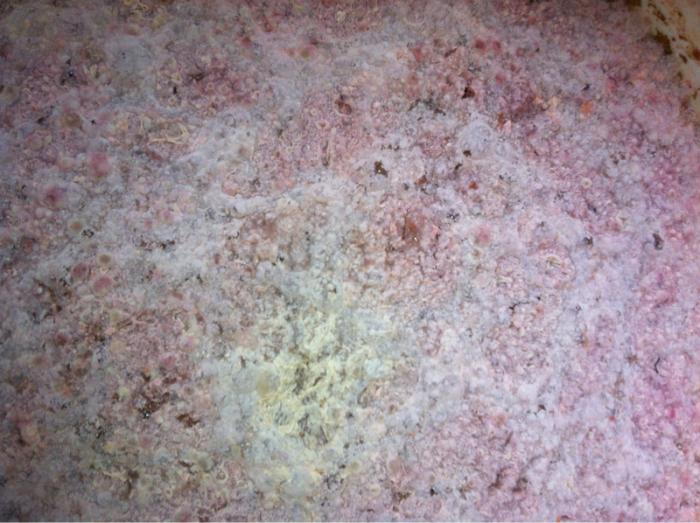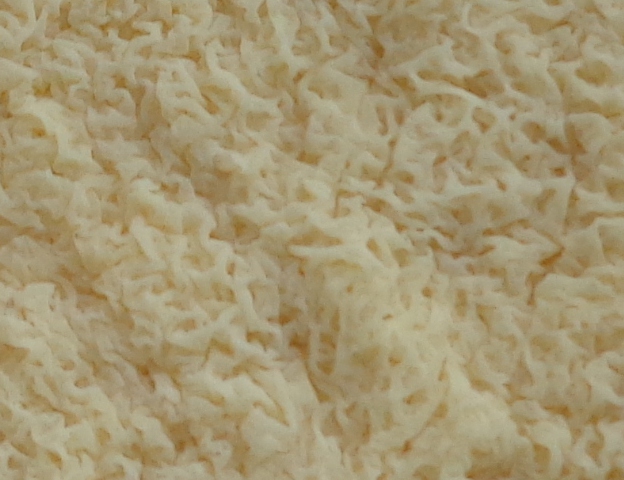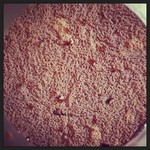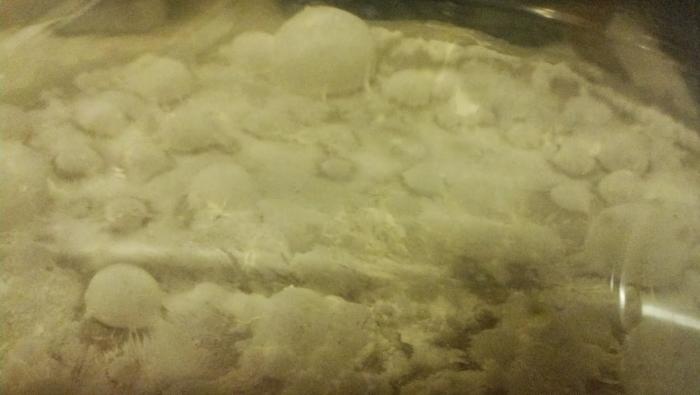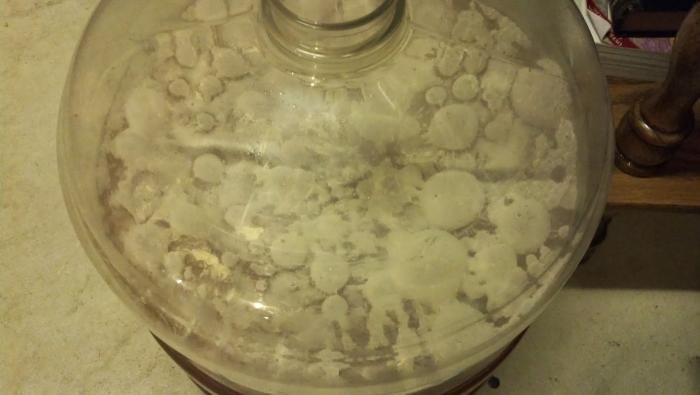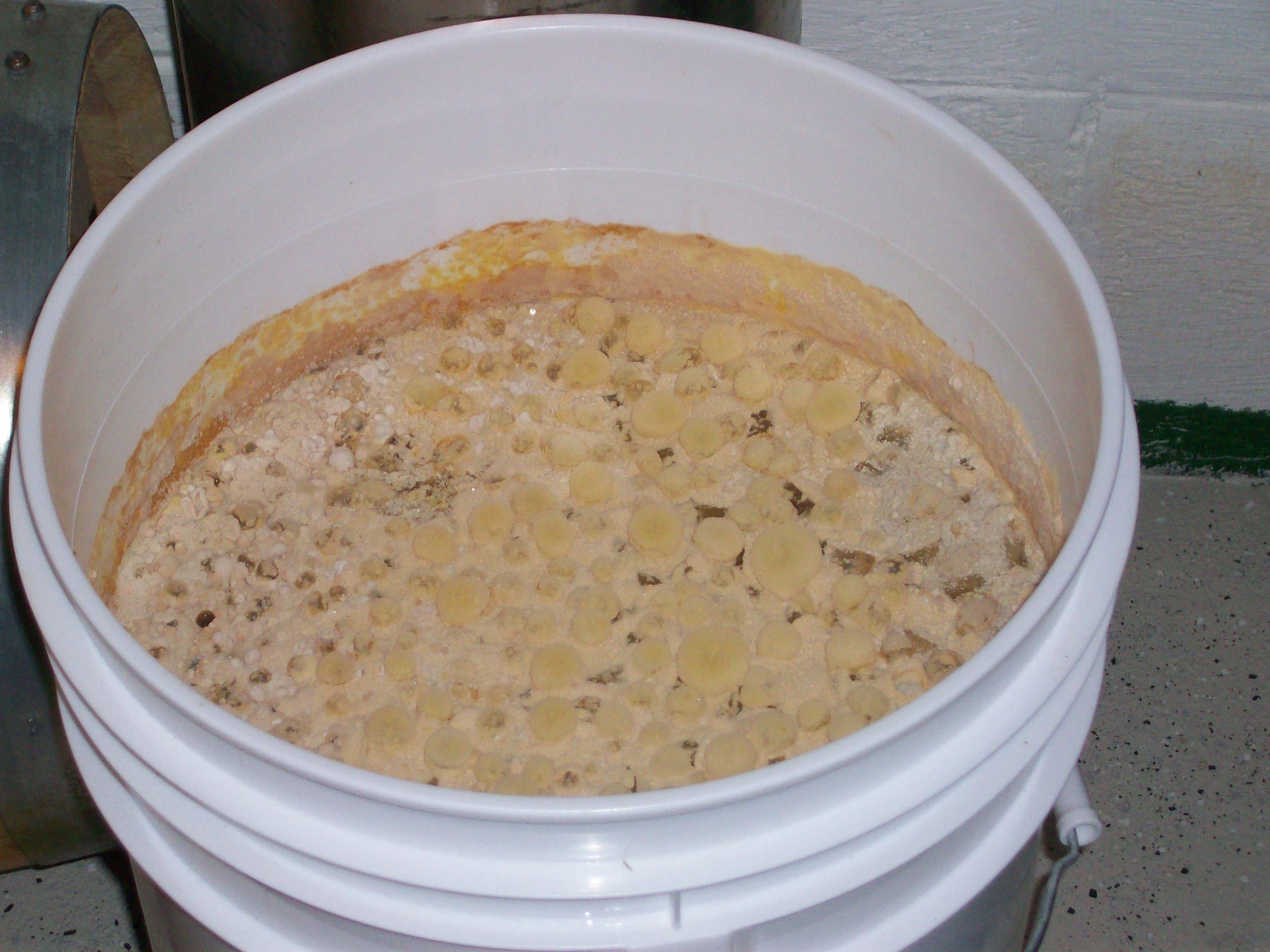jessup
Well-Known Member
One of my 1st sours - Flemish Red - was overly acidic so I let it sit around in bottles for a few years. 2 weeks ago it won 1st in overall for Belgians & took Best of Show for the comp. After getting the news i popped one after prob 2-3 years of sitting and WOW. Time really makes the difference! I think it is ~4 years old & finally in its prime.
I think a pic is on page 1 of this thread actually
I think a pic is on page 1 of this thread actually














![Craft A Brew - Safale BE-256 Yeast - Fermentis - Belgian Ale Dry Yeast - For Belgian & Strong Ales - Ingredients for Home Brewing - Beer Making Supplies - [3 Pack]](https://m.media-amazon.com/images/I/51bcKEwQmWL._SL500_.jpg)













































